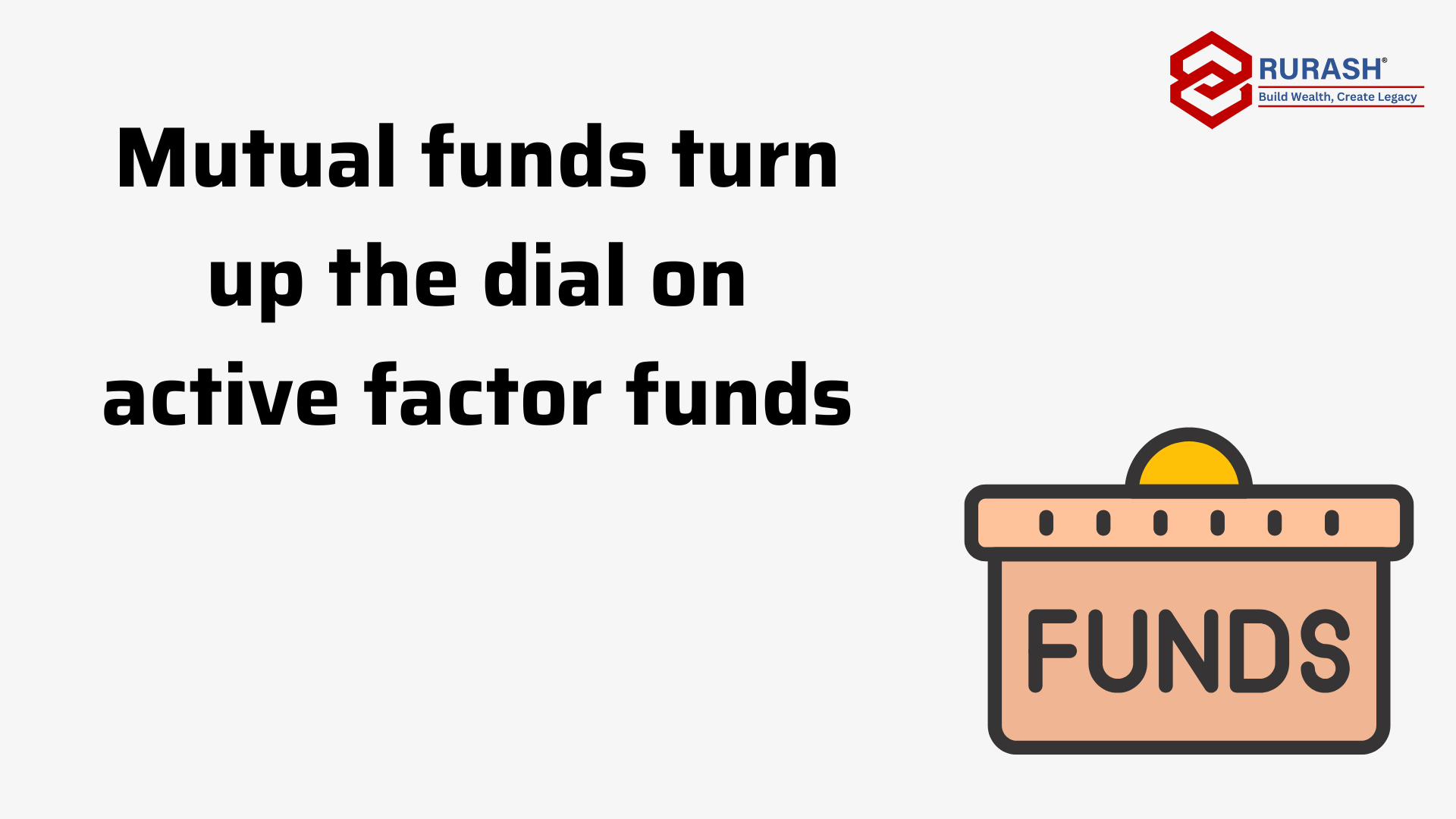Roll out active momentum, multi-factor schemes; more in the pipeline
The factor fund launch spree by mutual funds (MFs) is moving from the passive to the active space. Two new fund offerings (NFOs) ICICI Pru Active Momentum Fund and Bandhan Multi-Factor Fund are currently open for subscription. Sundaram MF’s multi-factor fund NFO closed this Wednesday. Besides, Kotak MF is set to launch an active momentum fund later this month. Mirae Asset MF also has plans to launch a multi-factor fund through the fund-of-funds route. The launches in the active factor space coincide with the rising adoption of quantitative (quant) investing in the MF industry. Fund houses have been investing in setting up quantitative investing capabilities in recent years. Factor funds, which use investment models that focus on one or multiple factors — such as momentum, quality, value, size, and market volatility — to construct portfolios, were until recently limited to the passive space, except for value- and size-based funds. Samco MF launched the first actively managed momentum fund in 2023. Since then, several fund houses have ventured into the active factor space with momentum, multi-factor, and quality funds. These include active quality funds from WhiteOak Capital and ICICI Prudential and active momentum funds from Union, Nippon India, and Motilal Oswal. In addition, there are at least three schemes that take a multi-factor approach, including SBI MF’s Quant fund.
The launches come even as the passive space already has multiple factor fund offerings. Several such index funds and exchange-traded funds, which mostly track the Nifty 200 Momentum 30, Nifty 200 Quality 30, Nifty 50 Value 20, and Nifty 100 Low Volatility 30 indices, have been operating for over three years. Experts say that while passive funds are available, there is merit in having active options. “Market conditions and factor performance cycles are not static — they evolve with macroeconomic shifts, sentiment, and valuation regimes. An active approach enables us to dynamically allocate between factors, manage risks more nimbly, and potentially capture alpha by avoiding mechanical exposure to underperforming segments,” said Chintan Haria, principal — investment strategy, ICICI Pru MF. Nilesh Naik, head of investment products, Share.Market, said the active route gives fund managers control over the quality of stocks and rebalancing. “While active factor funds also rely on factor models to shortlist stocks, they may also use other subjective elements such as corporate governance filters or futuristic expectations in decision- making.
Their factor models may also be more dynamic in nature and reviewed by fund managers periodically,” Naik explained. For instance, while passive momentum funds only rely on price momentum, the recently launched ICICI Pru MF’s active momentum fund uses both earnings and price momentum. The use of factors and quant strategies is also seeing adoption in regular equity schemes. Edelweiss MF manages the equity portion of four of its active funds through this strategy. NJ MF has been managing all its equity and hybrid funds through factor-based strategies since its inception. Shriram MF adopted the quant approach in September 2023.

